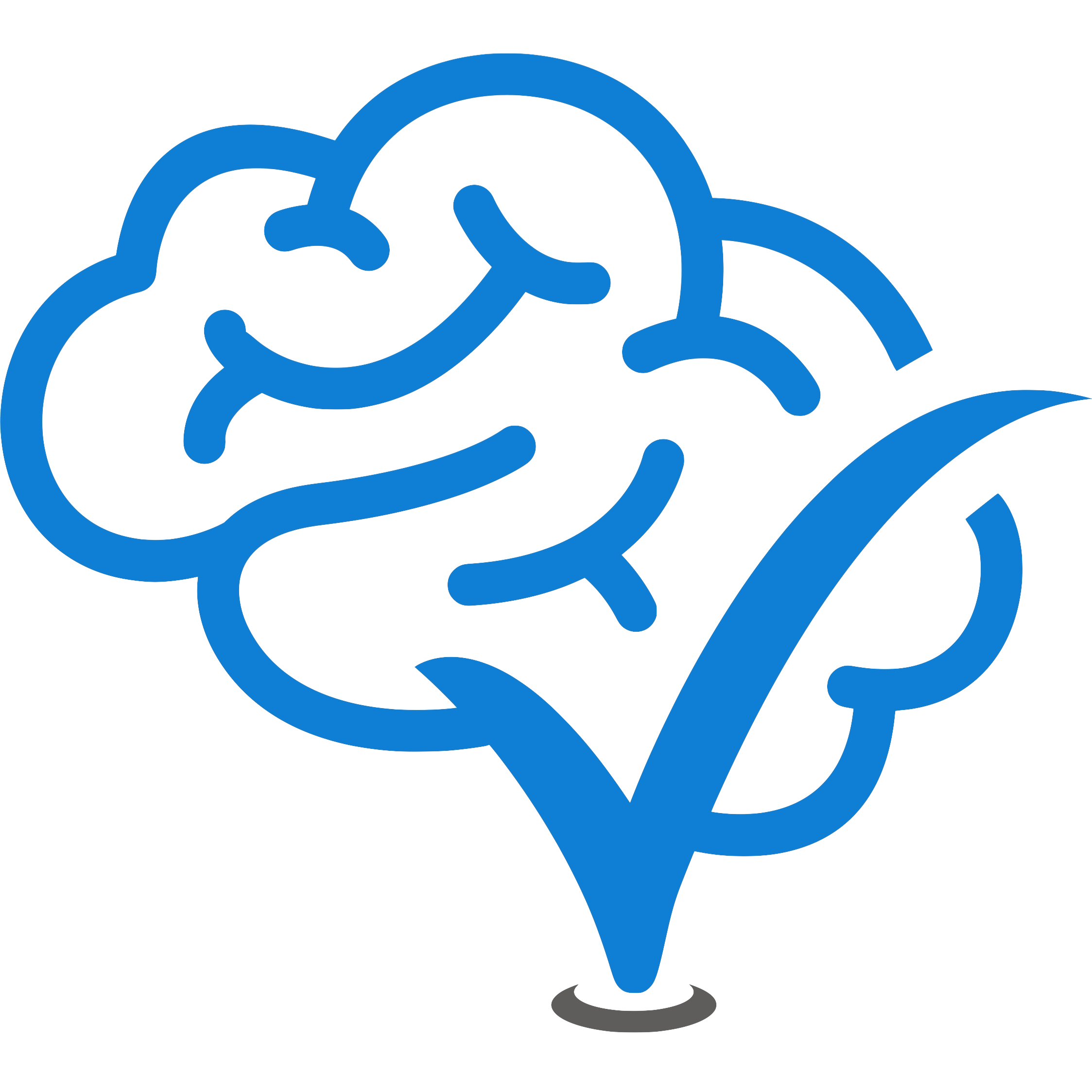
Vertigo Treatment in Atlanta
Definition of Vertigo:
- Internal Vertigo: the sensation of your own movement (illusion of movement) of the body (vertigo): sensations such as rotating, swaying, and tilting.
- External Vertigo: visual sensations of moving surroundings (illusory sensations, oscillopsia).
- Dizziness: disturbed perception of the spatial orientation without illusory movement.
- Standing and gait instability: problems with standing, walking and sitting.
Why are there so many definitions?
Because vertigo does not come from just one area of the brain. It comes from an entire system that is dispersed throughout the brain, the vestibular system!
What Does The Vestibular System Do?
The vestibular system integrates information from your eyes, inner ears and body. This information tells your brain about head and eye position, spatial orientation and motion. The vestibular system then sends motor commands to your body to stabilize your head and eyes, to maintain posture and balance as well as influence the functions of your autonomic nervous system like blood flow, heart rate and digestion. It also activates higher brain centers that are involved with decision making, emotional control and even effects hormone production.


 The Semicircular Canal
The Semicircular Canal 